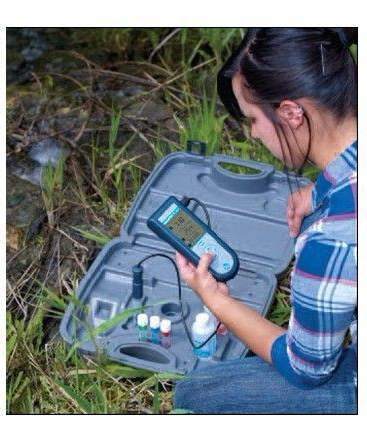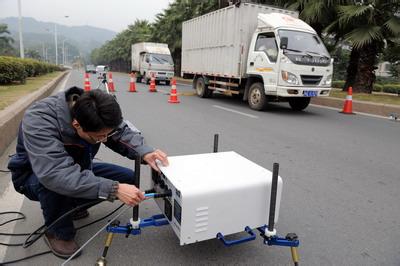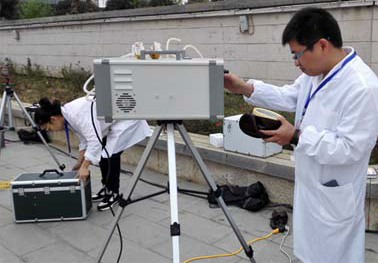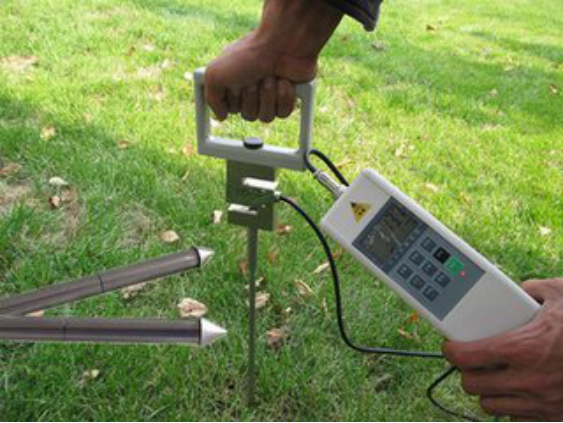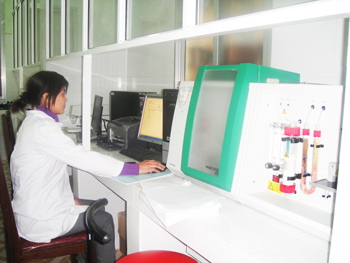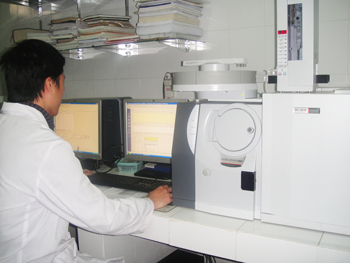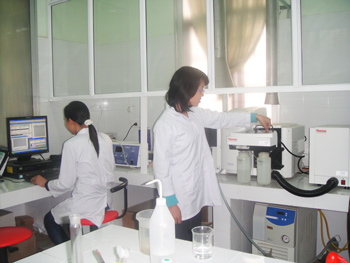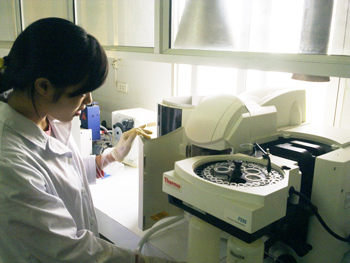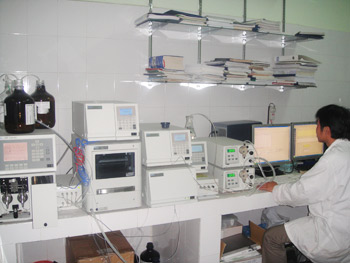'Tractor beams' of light that pull objects towards them are no longer science fiction. Haifeng Wang at the A*STAR Data Storage Institute and co-workers have now demonstrated how a tractor beam can in fact be realized on a small scale.
Tractor beams are a well-known concept in science fiction. These rays of light are often shown pulling objects towards an observer, seemingly violating the laws of physics, and of course, such beams have yet to be realised in the real world. Haifeng Wang at the A*STAR Data Storage Institute and co-workers have now demonstrated how a tractor beam can in fact be realized on a small scale. "Our work demonstrates a tractor beam based only on a single laser to pull or push an object of interest toward the light source," says Wang.
Based on pioneering work by Albert Einstein and Max Planck more than a hundred years ago, it is known that light carries momentum that pushes objects away. In addition, the intensity that varies across a laser beam can be used to push objects sideways, and for example can be used to move cells in biotechnology applications. Pulling an object towards an observer, however, has so far proven to be elusive. In 2011, researchers theoretically demonstrated a mechanism where light movement can be controlled using two opposing light beams -- though technically, this differs from the idea behind a tractor beam.
Wang and co-workers have now studied the properties of lasers with a particular type of distribution of light intensity across the beam, or so-called Bessel beams. Usually, if a laser beam hits a small particle in its path, the light is scattered backwards, which in turn pushes the particle forward. What Wang and co-workers have now shown theoretically for Bessel beams is that for particles that are sufficiently small, the light scatters off the particle in a forward direction, meaning that the particle itself is pulled backwards towards the observer. In other words, the behaviour of the particle is the direct opposite of the usual scenario. The size of the tractor beam force depends on parameters such as the electrical and magnetic properties of the particles.
Although the forces are not very large, such tractor beams do have real applications, says Wang. "These beams are not very likely to pull a human or a car, as this would require a huge laser intensity that may damage the object," says Wang. "However, they could manipulate biological cells because the force needed for these doesn't have to be large."
Such applications are the driving force for future experimental demonstrations of such pulling effects. The technology could, for example, be used to gauge the tensile strength of cells, which would be useful to investigate whether cells have been infected. "For instance, the malaria-infected blood cell is more rigid, and this technology would be an easy-to-use tool to measure this," adds Wang.
www.sciencedaily.com


 English
English Vietnamese
Vietnamese